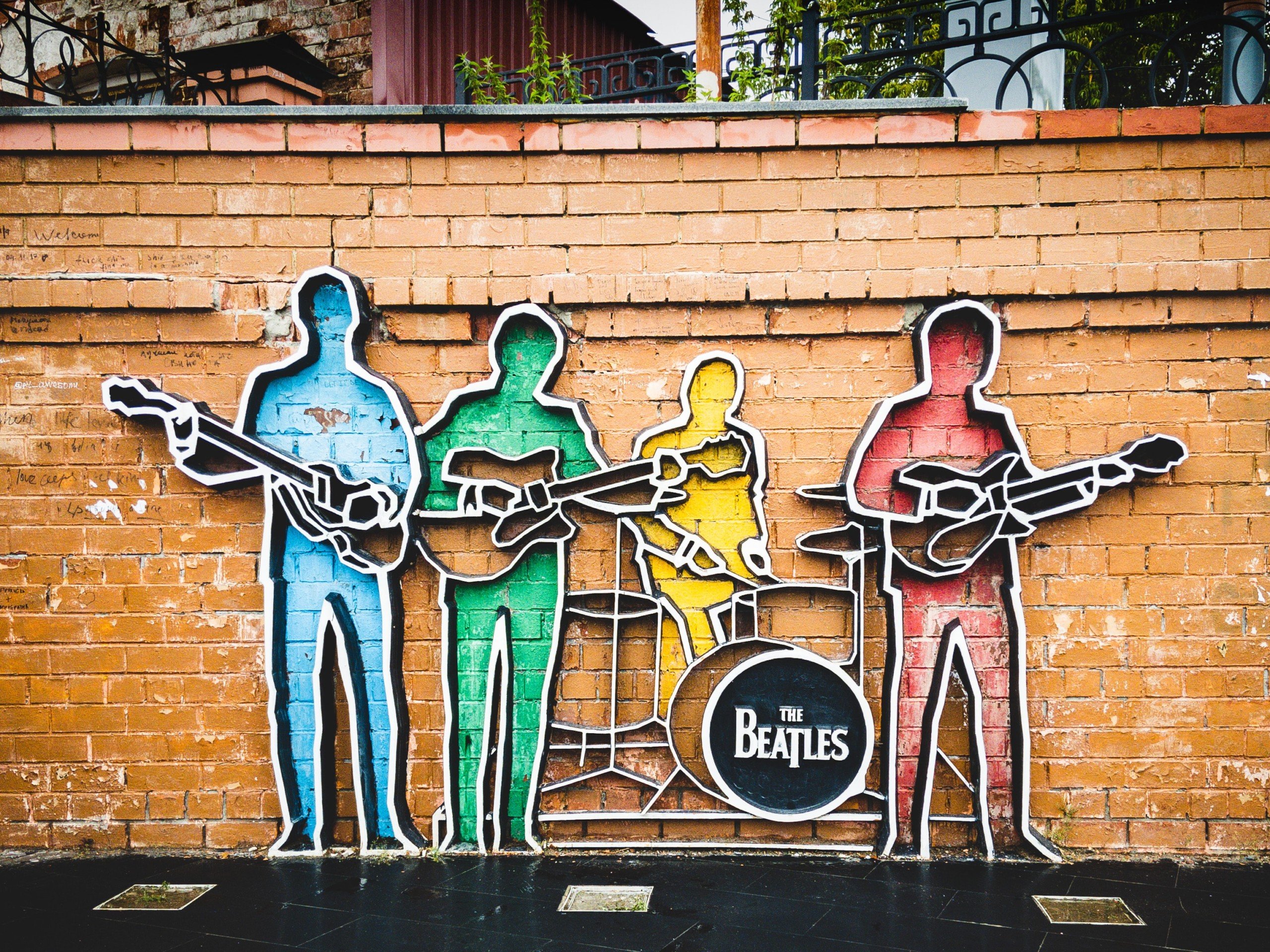Fans of The Beatles were given a treat at the end of 2021 with the release of the Get Back film by Peter Jackson. Running over eight hours across three episodes (streaming on Disney+), Jackson spent three years on the project, working with and restoring/enhancing the original 60 hours of film footage and 150 hours of audio tapes that were recorded in January, 1969. The original filming/recordings captured The Beatles as they embarked on a new project that culminated in the famous roof-top performance in London and would — eventually — become the Let it be album.
The film sheds new light on that era of The Beatles and paints a somewhat different narrative — certainly, a more expanded, contextual, and informative narrative — than the one that has been accepted as “history” for the last 50 years. For those not in the know, the footage was originally put together as a two-hour film, Let it be, 16 months later in 1970, and was released one month after The Beatles had announced their break-up — thus influencing how the events in the film were interpreted at the time and for the next five decades. Jackson’s new film, with never-seen-before footage, tells a much broader story and shows that there was still joy, humour, positivity, and chemistry amongst the band at that time. It’s all in the narrative, and what was previously considered Beatles lore is now being re-evaluated.
Parallels with Whisky
Our beloved whisky industry shares many parallels with the above. Various players, brands, bottlers, producers, and consumers are dealing with the same issues common to all — but it’s how they paint the narrative that dictates the consumer mood and the response. And, interestingly, the various narratives keep changing to suit the times or the needs of the entity involved.
Consider the changing narrative as more and more distilleries create or add a single malt to their production. There are now very few distilleries left that remain 100% focussed on producing for blends and/or third-party customers. Even some of the most obscure and rarely-heard-of distilleries — Allt a’bhainne being a good example – now have a single malt under their own brand name. These distilleries have existed for decades — even centuries — but their story is now being told differently or having a different light shone upon it, much like Get Back does with The Beatles.
Another example is the narrative surrounding age statements. For many years, the narrative was that whisky less than 10 years old was inferior or “not yet ready”. The category subsequently boomed; stocks of aged whisky disappeared; and suddenly the narrative changed…young whisky was “ready” after all, and actually very tasty! The product itself was still the same — all that changed was the spin. (It’s been commented on many times previously, but note the age statements on the early Society bottlings in our first few years — there were plenty of casks bottled at six to nine years of age!) One well-known brand even went so far as to drop the notion of age and, instead, built a narrative around colour. (Witness also the currently changing narrative around colour in the Australian whisky industry, as consumers and — slowly — some producers realise that incredibly dark whisky at just two years old may not be a good thing!)
A similar change in narrative is occurring right now with wood. Again, chiefly driven by demand in the category and the rising price of casks, the narrative about cask influence and treatment is changing. Rejuvenated casks and even virgin-oak casks — once considered inferior or something to avoid — are now being extolled. Finishing casks and, in particular, the stories around wine and rum casks, are being re-told as producers make a virtue out of a necessity.
Seeing it differently
The interesting thing is that some changing narratives are merely marketing spin, and others are genuine advances in our understanding of the science of whisky production — from grain to fermentation to distillation to maturation. Much like the original Let it be recordings, the content was always there — we’re just now seeing it differently.
Extracted from February 2022 Outturn








